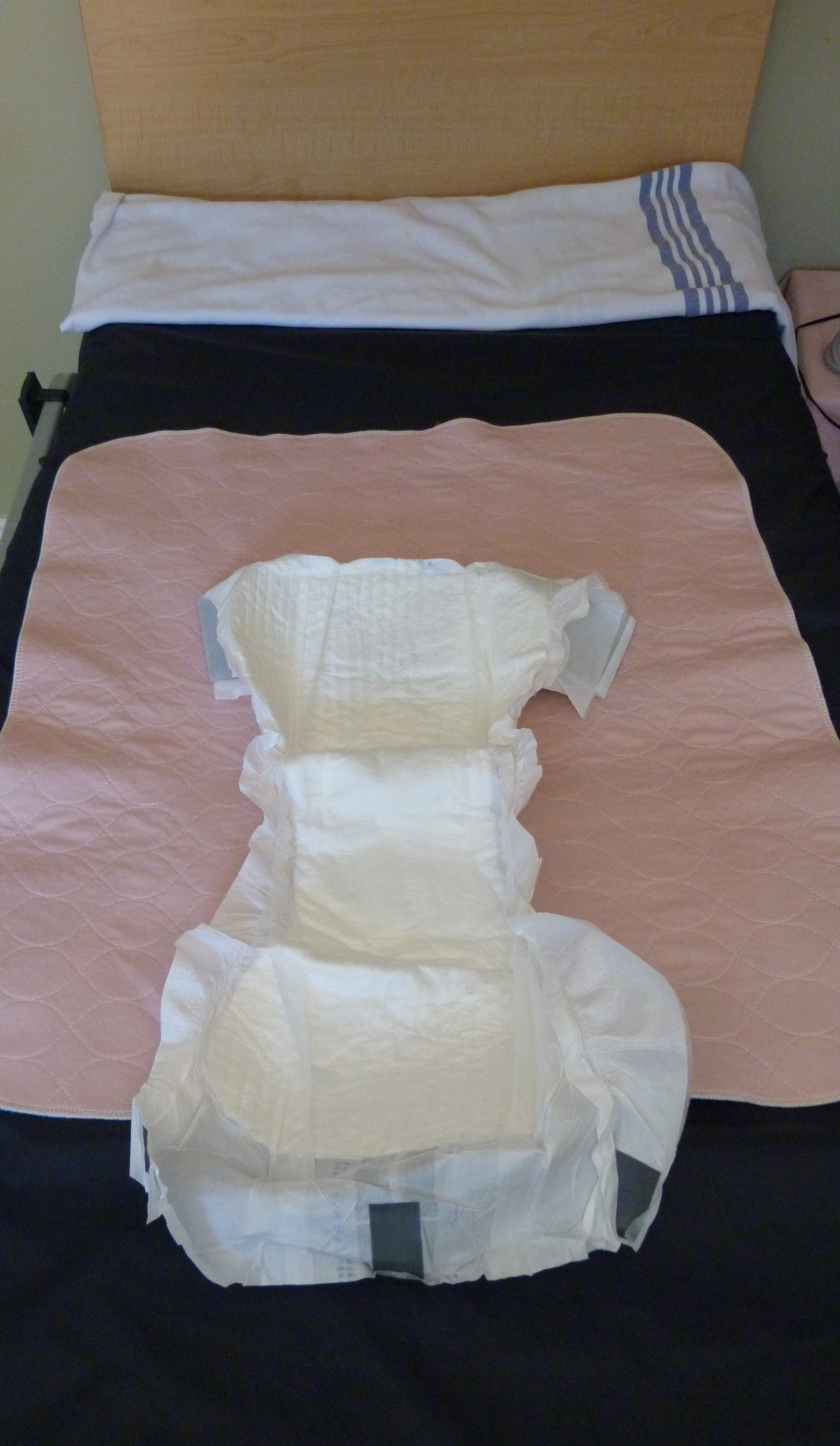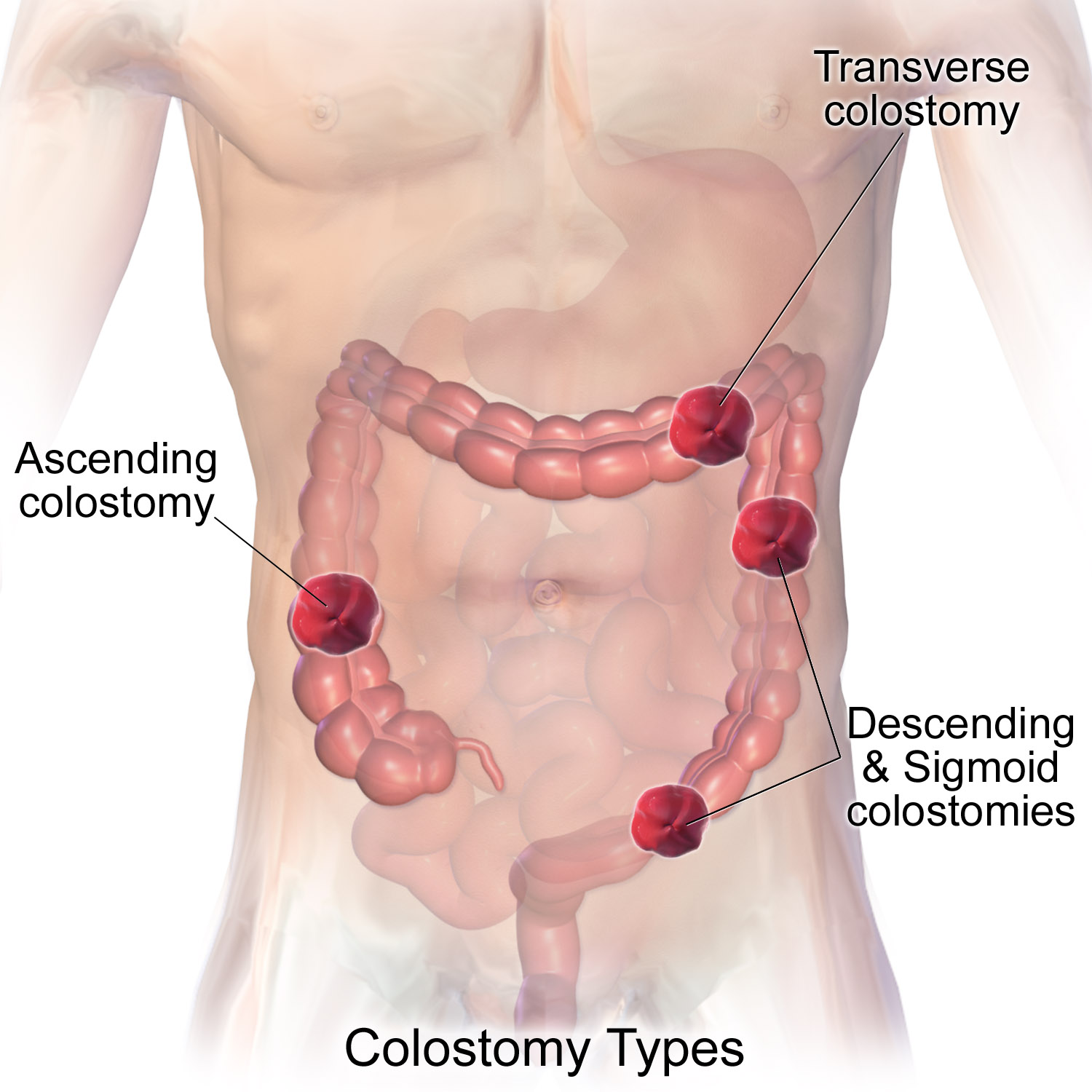|
Warren Operation
Warren operation is a surgery performed to correct anal incontinence. It is done by disrupting the anterior segment of the anal sphincter, perineal body and rectovaginal septum. __TOC__ History This technique was first described by Warren in 1875, and got subsequently named after him. It was also called 'Warren flap method' and 'Warren apron technique'. The technique was further modified by Farrar for high lacerations of the rectovaginal septum. Procedure Unlike other surgeries for anal incontinence, a preliminary colostomy A colostomy is an opening (stoma) in the large intestine (colon), or the surgical procedure that creates one. The opening is formed by drawing the healthy end of the colon through an incision in the anterior abdominal wall and suturing it int ... is not necessary for Warren operation. The surgery is planned in such a way that it takes place 2–3 days after the cessation of menstrual flow, such that there is ample time for the surgical wound to heal un ... [...More Info...] [...Related Items...] OR: [Wikipedia] [Google] [Baidu] |
Anal Incontinence
Fecal incontinence (FI), or in some forms, encopresis, is a lack of control over defecation, leading to involuntary loss of bowel contents—including flatus (gas), liquid stool elements and mucus, or solid feces. FI is a sign or a symptom, not a diagnosis. Incontinence can result from different causes and might occur with either constipation or diarrhea. Continence is maintained by several interrelated factors, including the anal sampling mechanism, and incontinence usually results from a deficiency of multiple mechanisms. The most common causes are thought to be immediate or delayed damage from childbirth, complications from prior anorectal surgery (especially involving the anal sphincters or hemorrhoidal vascular cushions), altered bowel habits (e.g., caused by irritable bowel syndrome, Crohn's disease, ulcerative colitis, food intolerance, or constipation with overflow incontinence). Reported prevalence figures vary: an estimated 2.2% of community-dwelling adults are affecte ... [...More Info...] [...Related Items...] OR: [Wikipedia] [Google] [Baidu] |
External Anal Sphincter
The external anal sphincter (or sphincter ani externus) is an oval tube of skeletal muscle fibers. Distally, it is adherent to the skin surrounding the margin of the anus. It exhibits a resting state of tonical contraction and also contracts during the bulbospongiosus reflex. Anatomy The external anal sphincter is far more substantial than the internal anal sphincter. The proximal portion of external anal sphincter overlaps the internal anal sphincter (which terminates distally a little distance proximal to the anal orifice) superficially; where the two overlap, they are separated by the intervening conjoint longitudinal muscle. Structure Historically, the sphincter was described as consisting of three parts (deep, superficial, and subcutaneous). This is not supported by current anatomical knowledge. Some sources still describe it in two layers, deep (or proximal) and superficial (or distal or subcutaneous). Some of the muscles fibres decussate at the anterior midline and po ... [...More Info...] [...Related Items...] OR: [Wikipedia] [Google] [Baidu] |
Perineal Body
The perineum (: perineums or perinea) in placental mammals is the space between the anus and the genitals. The human perineum is between the anus and scrotum in the male or between the anus and vulva in the female. The perineum is the region of the body between the pubic symphysis (pubic arch) and the coccyx (tail bone), including the perineal body and surrounding structures. The perineal raphe is visible and pronounced to varying degrees. Etymology The word entered English from late Latin via Greek περίναιος ~ περίνεος ''perinaios, perineos'', itself from περίνεος, περίνεοι 'male genitals' and earlier περίς ''perís'' 'penis' through influence from πηρίς ''pērís'' 'scrotum'. The term was originally understood as a purely male body-part with the perineal raphe seen as a continuation of the scrotal septum since masculinization causes the development of a large anogenital distance in men, in comparison to the corresponding ... [...More Info...] [...Related Items...] OR: [Wikipedia] [Google] [Baidu] |
Rectovaginal Septum
The rectovaginal fascia (often called rectovaginal septum or sometimes fascia of Otto) is a thin structure separating the vagina and the rectum. This corresponds to the rectoprostatic fascia in the male. Clinical significance Perforations in it can lead to rectocele In gynecology, a rectocele ( ) or posterior vaginal wall prolapse results when the rectum bulges ( herniates) into the vagina. Two common causes of this defect are childbirth and hysterectomy. Rectocele also tends to occur with other forms of .... References External links * http://www.emedicinehealth.com/vaginal_prolapse/page18_em.htm Pelvis Fascia {{Anatomy-stub ... [...More Info...] [...Related Items...] OR: [Wikipedia] [Google] [Baidu] |
Colostomy
A colostomy is an opening (stoma) in the large intestine (colon), or the surgical procedure that creates one. The opening is formed by drawing the healthy end of the colon through an incision in the anterior abdominal wall and suturing it into place. This opening, often in conjunction with an attached ostomy system, provides an alternative channel for feces to leave the body. Thus if the natural anus is unavailable for that function (for example, in cases where it has been removed as part of treatment for colorectal cancer or ulcerative colitis), an artificial anus takes over. It may be reversible or irreversible, depending on the circumstances. Uses There are many reasons for this procedure. Some common reasons are: * A part of the colon has been removed, e.g. due to colon cancer requiring a total mesorectal excision, diverticulitis, injury, etc., so that it is no longer possible for feces to exit via the anus. * A part of the colon has been operated upon and needs t ... [...More Info...] [...Related Items...] OR: [Wikipedia] [Google] [Baidu] |

